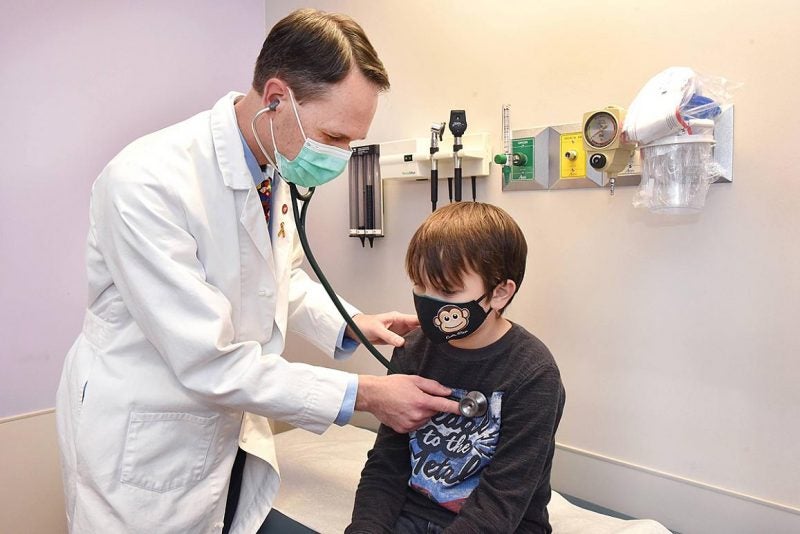
The US National Institutes of Health (NIH) has reported that a combination therapy comprising all-trans retinoic acid and arsenic trioxide showed to be beneficial in a Phase III clinical trial to treat standard-risk and high-risk acute promyelocytic leukaemia (APL) in children.
All-trans retinoic acid is a metabolite of vitamin A.
Funded by NIH unit National Cancer Institute, the non-randomised, multi-institutional, cooperative group trial was carried out by the Children’s Oncology Group.
A total of 154 children aged between one and 22 years with recently detected standard-risk or high-risk APL were enrolled in the trial.
They were given oral all-trans retinoic acid in combination with an intravenous dose of arsenic trioxide for at least 28 days on a daily basis.
In the preliminary stage of the trial, participants with high-risk APL were also given four doses of anthracycline idarubicin.
How well do you really know your competitors?
Access the most comprehensive Company Profiles on the market, powered by GlobalData. Save hours of research. Gain competitive edge.

Thank you!
Your download email will arrive shortly
Not ready to buy yet? Download a free sample
We are confident about the unique quality of our Company Profiles. However, we want you to make the most beneficial decision for your business, so we offer a free sample that you can download by submitting the below form
By GlobalDataFindings showed that almost all trial subjects survived for two years without disease relapse.
Standard chemotherapy was not needed for any of the children with standard-risk APL while those with the high-risk disease were given four doses of the chemotherapy drug idarubicin.
For standard-risk and high-risk APL patients, two-year overall survival rates respectively stood at 99% and 100%, with respective event-free survival rates reported to be 98% and 96%.
Furthermore, a child with standard-risk APL died early in the trial and one subject with standard-risk APL and two with high-risk APL relapsed.
Severe side effects were reported in less than 10% of the subjects during the initial stages of the trial with side effects such as high blood sugar, liver irritation and bleeding observed.
Trial lead investigator Matthew Kutny said: “As a paediatrician and an oncologist, I’ve had to have really difficult talks with families about what their child is facing and what type of therapy they’re going to have to go through to be cured.
“So being able to offer a therapy that is less intense and has fewer side effects, but at the same time has amazingly high survival rates, is a really good feeling.”
In a previous development, scientists from the NIH unit National Institute on Aging found that present and investigational therapies for cancer could potentially be repurposed to treat Alzheimer’s disease.







